 Culture is a stronger determinant of success with data than anything else. Including data.
Culture is a stronger determinant of success with data than anything else. Including data.
[People + Process + Structure] > [Data + Technology]
It seems hard to believe. Yet, it is so fantastically true. At least for now. At least until AGI takes over.
Why is this formula material?
The first part of the equation, for better or for worse, improves in an evolutionary manner. The second part of the equation most frequently improves in a revolutionary manner.
The challenge for Senior Leaders is that revolutions seem a lot more attractive and hence they charge full speed ahead. This results in frustration, derailed careers and a massive amount of money flushed down sad places.
Revolutions in our context, almost always fail. Evolution works. Hence, it is dangerous to overlook the super critical importance of P+P+S.
You want to win big with data, with marketing, with transformative digital yada yada and blah blah, evolve. Do so at the fastest pace you can put in place for transformation of the left-side of the above equation, and use the same pace to evolve the right-side of the above equation.
This will ensure that the people, process and structure will be smart enough to take advantage of the smart and wizbang tech.
Maybe this metaphor will help make this real.
You can't give a toddler a Harley Davidson motor cycle. The moment your start the motorcycle, the toddler is going to start crying. It is not the mistake of the toddler, she is just a toddler after all. It is not the mistake of the Harley, it is a very cool motorcycle. The mistake is yours.
The toddler needs something to steady her, something she can push, something to exercise her legs to make them stronger. At some point, she would love a Harley (as her father that might freak me out, but I digress).
This post is organized into the following structure:
I'll say this again at the very end… As a Marketer or an Analyst, there is nothing you'll attempt that will be more complex and challenging than what you are about to read in this post. The spectrum of upgrades you have to make to your tools and data along with your people, process and structure, are likely to be unmatched.
That is why this is so much fun. I have a huge smile on my face as I'm typing this sentence, I get so excited about this stuff. If you follow the advice outlined, the most likely outcome is an increase in the slope of your career's graph as it heads up and to the right! :)
Let's go.
Ladders of Awesomeness #wth
When it comes to your Digital Marketing and Digital Analytics practice, I've advocated slow and steady evolution.
The problem is sometimes you might not know what that path looks like, what the steps are. To address that, on this blog I've shared something I call the ladders of awesomeness – my view of what the entire evolutionary path looks like.
As an example, here's the Digital Marketing ladder of awesomeness:

Very cool, right?
It is not easy to linearize it all, the world is rarely that clean. But, you have an overall structure that can guide your strategy.
My recommendation… Partake in honest self-reflection, let that help you identify where on this ladder today, then, rather than shooting for the moon, figure out how to get to the next step. In taking that step, you should not just implement cool technology and do cool marketing, you should also invest in growing the skills, experience of your people and invest in putting scalable structures and processes to take advantage of this next cool thing. Win that, then go to the next step. Win that, then… well, you get it.
Cool technology plus savvy people to take advantage of the new possibilities plus processes to execute at scale set in the best-fit structure equals winning big.
My second ladder of awesomeness was very exciting as well. It lays out an evolutionary path for the key performance indicators you should use to drive digital sophistication inside your company. You'll find it here: Digital Metrics Ladder of Awesomeness .
It tells you not to go after Customer Lifetime Value right away. That is a insufficiently prudent use of Earth's oxygen. The metrics ladder lays out a path that will get you there, step by step while ensure your org is coming along with you.
Digital Attribution's Ladder of Awesomeness.
The other day, I had the amazing privilege of delivering a keynote with my point of view on attribution. The CMO expressed a desire for the audience to learn about advanced attribution strategies.
It is a topic I love and adore, but it is also a topic way more complicated than anyone is willing to admit.
Rather than simply give them all the advanced attribution modeling techniques, I took the opportunity to create a ladder of awesomeness for digital attribution. I did not want them to make the mistake of trying to achieve revolution at the end of the keynote, rather I wanted to give them a path to achieving a global maxima. One step at a time.
Here's the ladder I drew at the end of my keynote summarizing my worldview…

The overall execution I recommended was the same as in the case of my other two ladders of awesomeness :
1. Figure out what step you are at.
2. Check to make sure that your organization (people, process, structure) has maxed out the benefits of that step.
3. When confident that people, process, structures are helping you max out the complete value of that current step, go to the next step. Don't jump two steps! Just one step forward.
4. Buy new technology, if needed, invest in implementing it and using it, start to focus on getting your people, process, structure to evolve to take max advantage of this next step.
It is a mistake to believe that each step is the same "size" / requires the same effort or skills.
To illustrate this, in the space I had available on the slide I was projecting, I shared some sense of effort/skills/time that might be required to take one step up…

You can see that the initial elements are pretty small, then things get complicated, but it is not an even distribution. If you do Step 4, Step 5 might actually take less time. It is also clear that things get insanely hard as you get towards the end. Insanely hard is putting it mildly.
I am sure you are very curious, what each of these elements entail!
It is very hard to capture an entire keynote, and a life-time of bruises that the wisdom above reflects, in a simple blog post. The keynote contained solutions for each step, it would take too long. Let me give you a brief sense for each element, that should give you enough to explore in a much more focused manner.
But, before that…
Wait, Wait, What the Heck is Attribution?
: )
I'm sure it is clear to most of you, but for some of our new peers let me quickly explain, and then we'll explore all the elements in the digital attribution ladder of awesomeness.
Here's the simplest way to think about it. Most of us make decisions about the effectiveness of our digital marketing initiatives, owned, earned or paid, as if the real world looks like this…

Irritatingly we believe this because Google Analytics, Adobe, IBM and all other digital analytics tools tell us to believe that. They base all computations in their standard reports on an awfully silly thing called last-click.
Why do I say irritating?
Because the above picture actually looks like this…

Suddenly most of your standard Adobe and Analytics reports are more than lying to you about the effectiveness of your marketing investments.
The art and science of allocating optimal amounts of credit to each marketing channel, based on the activity it created, is called attribution analysis. The end goal is to recommend an optimal mix for your marketing budget.
Take a look at the first row above. Attribution analysis will help you understand how to value Social Network AND the Direct channel AND Organic Search.
Smarter attribution of the outcome, smarter marketing decisions.
Digital Attribution's Ladder: Step Details.
Getting back to our story.
My core recommendation is that rather than jumping directly to attribution modeling or media mix modeling, that you build a strong, step-by-step, foundation of people, process structure along with data/tools sophistication. Let's look at each step in the evolutionary journey.
Step 1: Optimal Metrics.
If your company's dashboard is full of Visits, Time on Site, Impressions, % Exits, basic activity metrics then your company is not ready for attribution anything. You would think if you throw in Conversion Rate in there and you are ready. Nyet.
The most primitive thing you can do to have a very strong people, process, structure foundation is to pick great metrics to measure. Tough metrics. Smart metrics. Metrics that actually tell you if the business is doing well.
There are many ways to pick really good metrics. For example, checkout my list here: Best Web Metrics / KPIs for a Small, Medium or Large Sized Business.
Or, if you have a savvy digital strategy powered by my ultra-awesome See-Think-Do-Care business framework, you can use my recommendations in the framework to judge how optimal your current metrics strategy is…

Using these metrics, vs. the basic activity metrics like Visits and Time, is hard, taking advantage of them requires smarter people. Additinoally, actioning the powerful insights you get from the above list requires smart processes and smart structure.
See what I mean when I say optimal metrics create the cultural and thinking sophistication required to do harder things? If you don't have this. Don't move forward.
Step 2: Macro and Micro-Outcomes.
A typical macro-outcome is an ecommerce order, a lead submitted for a B2B company, a new profile opened by a visitor to a content site, a donation on a non-profit website. So on, and so forth.
Most of you already measure the heck out of this. (If you don't, go back one step.)
Only a handful of you measure micro-outcomes.
Micro-outcomes for an ecommerce website would include store lookups, coupon downloads, new accounts, reports their users can download, email signups, reviews submitted, product amplification, videos watched, charitable efforts, blog subscribers, community celebrations, etc. etc. And, all of these are for just one brand's website. They make a few things like tooth-paste which are sold online, but the primary channel of distribution is offline stores. It is impressive to think that that aforementioned list are all the things they do online! We bring immensely smart nonline decision making for this client by optimizing for their macro-outcome (orders) and all these micro-outcomes.
Can you see how savvy the company's people, process and structure would have to become to allow optimization of a portfolio of outcomes, rather than just one (conversion rate)?
It is hard to do this. It is hard to compute the economic value of all these outcomes. It is hard to optimize for the entire portfolio.
That is how you get ready to do sophisticated things like attribution modeling.
Step 3: Assisted Conversions.
Can you smell attribution? Close, but one more step before we get to it. First, let's get your org ready to use the metric that truly is the precursor for sophisticated attribution modeling.
In Google Analytics go to Conversions tab, then Multi-Channel Funnels and finally click on Assisted Conversions.
I love this report.
It is your org's introduction to moving beyond the awful last-click conversion obsession. In this report you'll see a more complete view of your marketing performance…

You are going to have a lot of arguments about which department (and people!) should get more credit, how to value the budget now that you have these Assisted Conversion numbers, why did Display go from $121 to $6 (!), so on and so forth.
As you resolve these issues, and start to take action by changing how much budget you spend on the channels above, you are collecting the elements required to be successful with online and offline attribution modeling.
You jump directly to attribution anything, a cold, hard wall is waiting for you to run into it.
Step 4: Standard Attribution Models.
Congratulations, it took you 18 months, :), but you are ready to do attribution modeling.
It is very easy to start. In Google Analytics, including the free version, go to Conversions, then Attribution, and then Model Comparison Tool.
You'll see Last-Interaction listed already. Next to it you'll see vs. select model. Click.
You'll see seven default models listed. Most of these models are for esoteric needs, or are flat out wrong. Take the First-Interaction model as an example. Choosing this model is like you giving all the credit to your first girl-friend for you marrying your wife. The definition of insanity.
There is just one model that passes all the smell tests, Time Decay. It provides reduced credit to marketing touch-points that are future back in the customer journey. Simple.
Use Time Decay for your first step into attribution modeling.

The red and green arrows to your right are helping guide your decisions related to the shifts in budget that you should consider in order to optimize your marketing and advertising to get the best possible results from your budget.
At this point, you'll be delighted that you listened to me and did Step 3 resulting in increased savvy in your people, process and structure. If you'd skipped that, at this stage all you would have is a clever report that has zero impact on your company!
Even if you did this as Step 4, you'll still require incremental investment in getting your org to understand the data above, you'll have to invent a new cultural norm of taking the red and green arrows above and creating tests from the recommendations, putting the tests into market and create a feedback loop of lessons that your org structure can learn from and improve future strategy.
It is a lot of work. Totally worth it because of the impact on cost-savings and increased profit.
Step 5: Custom Attribution Modeling.
Having completed all that hard work, and now that the org is making incrementally smarter decisions, you are ready to take advantage of your unique knowledge you have about your business, your customer behavior, and your strategy.
Custom attribution models allow you to take a base layer of smarts from Google Analytics, and add in yours.
For a client I've spent a lot of time with, here's the custom attribution model…

The reason for the choices above is business knowledge, customer behavior and business strategy. As you make the seven choices required above, you'll lean on those three elements – and lots of conversations with key business leaders.
The actionable steps you'll take from application of your model will be similar to the ones outlined in the step above.
Customer attribution modeling is incrementally better than standard attribution modeling. In doing this step successfully, you are strengthening leadership connections, and more buy-in from multiple departments (finance, sales, support etc.). It is not hard to imagine how critical that is to achieving success with data.
Step 6: Data-driven Attribution Modeling.
One of the painful things you'll run into while creating your custom attribution model is that persistent pain in the rear-end… Opinions.
Person x will say no, Avinash is wrong, we should not favor Clicks, my ads have no clicks, they only have impressions, change Avinash's model to over value Interaction Type Impressions . This person is wrong, and I am right. :) But, sadly you can't pull me out of your pocket so that I can tell them how wrong they are!
I kid only slightly. You are going to run into a lot of this. And, for some of these opinions you'll never have definitive data to prove the opinion right or wrong.
Where humans fail you, let Machine Learning come to the rescue.
Google Analytics looks at all of *your* data, all of the click-paths of your actual visitors, how each marketing channel delivers value to you (based on a success criteria *you* define) and helps create an attribution model that reflects your reality. This attribution model is called a data-driven attribution model. Opinions can now go live in a very dark place, while Machine Learning illuminates the world.
You click on the Model Explorer in the Attribution folder to see your data-drive model…

As an Analyst, I have to admit I get a special sense of pride when I see the shades of blue above. There is no way that a human can get to this level of insight, at this scale, or so frequently (your model is refreshed all the time with new data/behavior). I should probably be scared that these machines are making me redundant. For now, I am simply amazed.
You can see why Google wants you to pay for this feature (among many other great things in GA 360). It is smart, it is computationally intensive, and a competitive advantage for you.
Your data-driven model eliminates opinions/feelings/politics from the process of getting to the best model for you, and it is exquisitely yours.
Actions you'll take, changes you'll drive to your marketing budgets, will follow the patterns set in Stage 4 and 5 (which is why it is still important to go through the pain and build the right foundational P-P-S upgrades).
Bonus : If you want to learn a lot more about each attribution model in Analytics, pros-cons, how to use them efficiently, this post has a deep dive you'll love: Multi-Channel Attribution Modeling: The Good, Bad and Ugly Models.
The next three steps in the ladder of awesomeness are complex and advanced. They apply to perhaps only the largest companies on the planet. Let me cover them here briefly, just so that you'll have a sense for them if you are in a large company or on your way to becoming one!
Step 7: Pan-Existence Modeling.
Unless you do something extraordinarily unique in your analytics execution, almost everything you do above won't be tied to a single person's behavior. It will be tied to cookies, it might be fractured by devices, browsers, and other things that make tracking a single individual difficult. It goes without saying that some of this might also be due to compliance to local laws (which I deeply stress you should read up and be familiar with for your local legal entity).
It is absolutely imperative to stress that even with all the limitations I've just mentioned, you are still better off taking the journey outlined in the above six steps when compared to being stuck in the awfulness that is last-click reporting.
Understanding how an individual human behaves does take you to a whole new level. Imagine data-driven attribution modeling that understands one individual's behavior across mobile and desktop! Now throw in the ability to tie that behavior to their activity inside your store or call-center (sales or support). #mindblowing
Imagine this stitched together view, across devices…

[More on the above report here: Develop a Smarter Understanding of Your Audiences]
What do you need to get to pan-existence attribution modeling?
Some way of identifying, incentivizing and tracking a person. The technology to do it exists. In the Google Analytics world, implement the Universal Analytics User-ID Override feature.
You can extend this to also tie to a CRM record you have for the person off a loyalty card or whatever global identifier your company has developed to identify its customers uniquely.
Everything in your analytics tool of choice becomes more powerful instantly, including attribution modeling.
This is hard to do, ask for help, there are tons of authorized consultants who can speed up your time to market/victory.
Step 8: Nonline Controlled Experiments.
I'm sure the above step planted in your head the thought of how you can attribute the online campaigns the impact that happens offline (remember 80%+ commerce in the US continues to be offline, even with Amazon becoming amazonish!).
There are two strategies to keep in mind.
First. You can attribute credit more directly (without Step 7) by leveraging the power of controlled experiments.
Here's a simple example. You already know that that non-brand PPC campaigns drive a ton of last-click and assisted conversion. But, you also know that online campaigns drive offline impact. But, how can you prove it?
Run a controlled experiment.
In this example we ran a four week test across a total of 11 test markets (covering 128 stores) and 39 control markets (covering 621 stores). A little picture for you to show distribution and the design for experiments savvy that you'll bring…

At the end of the test we proved that every $1 spent on non-brand paid search marketing drove $15 in store sales.
If you do this well, you can be even smarter. In this case we were able to identify that the $15 in sales was at a 22% contribution margin (an unheard of accomplishment in retail). Oh, and we were not done. We could also identify that the sales lift for product category X was 3.5% and for product category Y it was 2.31%.
Impressed?
Think of how incredibly powerful this can be if it is a part of your standard operating procedure on the web. Attribution of the effectiveness of your online advertising to drive multichannel results.
You can leverage the smarts of controlled experiments without any of the seven steps above, but it is easy to see how much measurement, analysis, marketing, people, process and structure savvy you need to pull this off, hence it is Step 8.
If you actually complete Step 7 successfully, you can take your controlled experiments up several notches, including tying online behavior to longer-term outcomes tied to a single human. Then, you can go back and customize your overall marketing portfolio to micro-segments of individuals with shared attributes. This is very much in the holy grail region.
Step 9: Advanced Controlled Experiments.
We eschewed attribution modeling above. We go back to modeling, but of a different type.
The most common implementation in Step 9 is media-mix modeling (or as some like saying, marketing mix modeling). Boiled down to its most essential it is the creation of a multivariate equation that when solved through the application of some delicious statistical regression, helps identify the optimal mix of your marketing portfolio.
Almost always, media-mix models include all your marketing – TV, radio, digital, etc. This allows them to be the go to source for CMOs choosing to drive unified strategic conversations.
There is plenty of art involved in creating media-mix models, and in the hands of an organization, or Agency, without the optimal people, process and structure, the results are no less garbagy then other opinion based strategies.
I believe that the best way to eliminate biases (or more usually opinions), I recommend a heavy use of complex controlled experiments, varying multiple elements (unlike just one above), as the optimal source of inputs required by the multivariate equation.
My biggest complaint about media-mix models, even the most sophisticated ones, is that, if you are executing See-Think-Care intent strategies, the thing digital is really, really, really good at (and traditional media mostly completely incapable of), media-mix models have a very hard time identifying value from those super valuable activities. They are biased towards short-term commercial results. Basically Do intent strategies.
Hence, a biblical belief that media-mix models are the word of God when it comes to optimal marketing investment is incredibly flawed. You will undervalue See-Think-Care business strategies, which in turn will mean you will not use digital to do what it is exquisitely qualified to do (ex: with See and Care help you build owned audiences!).
And, all because some Agencies and Companies believe in judging a fish by its ability to climb a tree . CMOs and Analysts at these Agencies are actively plotting against allowing the company's marketing to evolve to where the present is, and where the future will be.
With that little concern expressed, hopefully squarely lodged into your mind, I still recommend media-mix modeling powered by inputs from controlled experiments. The reason is simple. We all have to make money for our companies. And, media-mix modeling is an incredibly valuable tool in that quest. Just remember, it simply solves for the now and not the next or the long.
Bonus: If you would like a more complex view into the three strategic ways to frame the attribution opportunity, check out this post: Multi-Channel Attribution: Definitions, Models and a Reality Check .
Closing Thoughts.
That's your evolutionary ladder when it comes to solving one of the most complicated challenge you are likely to face as a Marketer or an Analyst. The spectrum of upgrades you have to make to your tools and data along with your people, process and structure, are likely to be unmatched by any other challenge in front of you.
That is what makes this so much fun, so satisfying as a career choice and so rewarding from a compensation perspective. There is literally no harder thing you can do. I hope that, when offered, you'll choose to accept the ring. :)
Good luck!
As always, it is your turn now.
Does your company/agency's macro approach to achieving the optimal marketing portfolio reflect a revolution or an evolution? If you've completed all the steps, which step was the hardest? What is the most difficult facet of attribution modeling to explain to your senior executives? Does your company prioritize evolution of people, process, structure as it drives new contracts and expenditure on tools/data? If you had to give our readers one advice from your attribution journey, what would you say?
Please share your feedback, critique, praise, wisdom and best practices via comments.
Thank you.
Digital Attribution's Ladder of Awesomeness: Nine Critical Steps is a post from: Occam's Razor by Avinash Kaushik

from
http://feedproxy.google.com/~r/OccamsRazorByAvinash/~3/cBH-VHnTtG4/
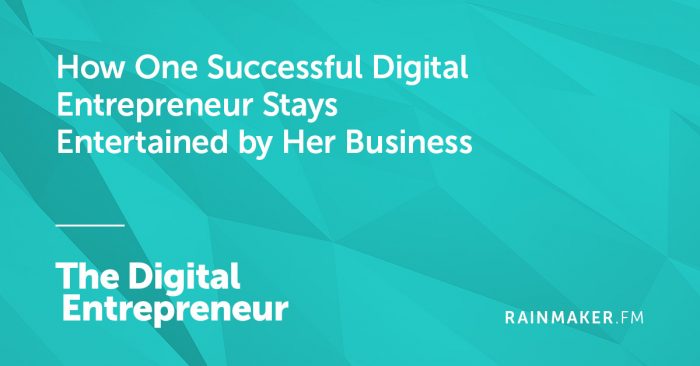
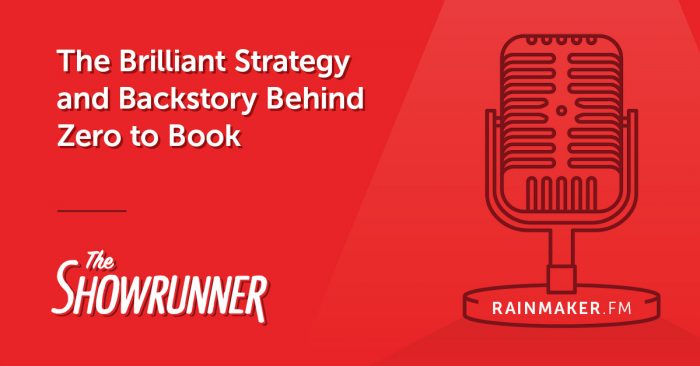

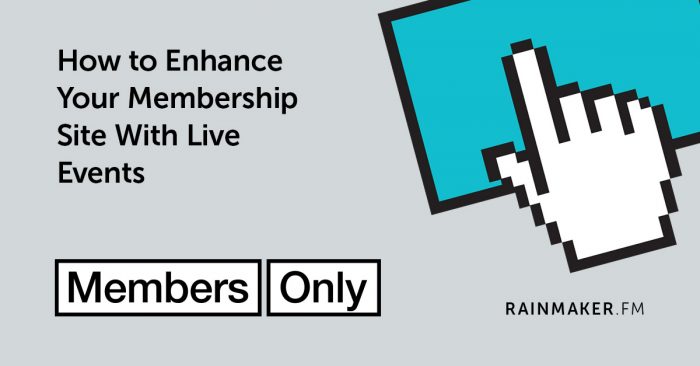

![[Last Day] Get in Digital Commerce Academy Before Doors Close](http://www.copyblogger.com/wp-content/uploads/2016/10/dca-last-day-700x353.jpg)

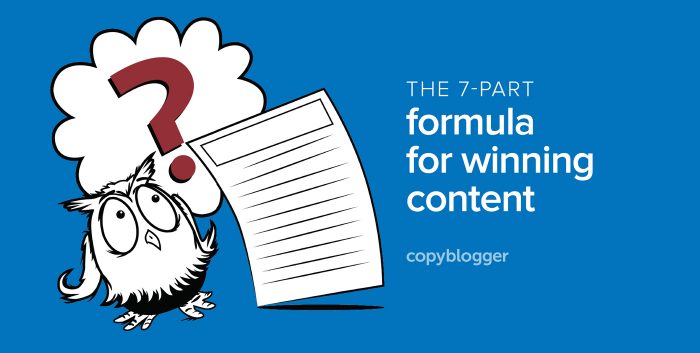



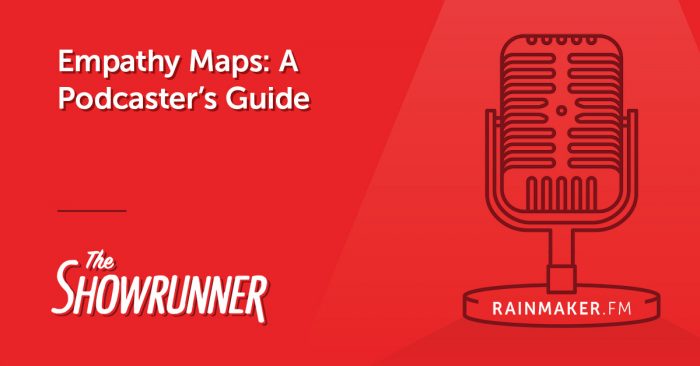
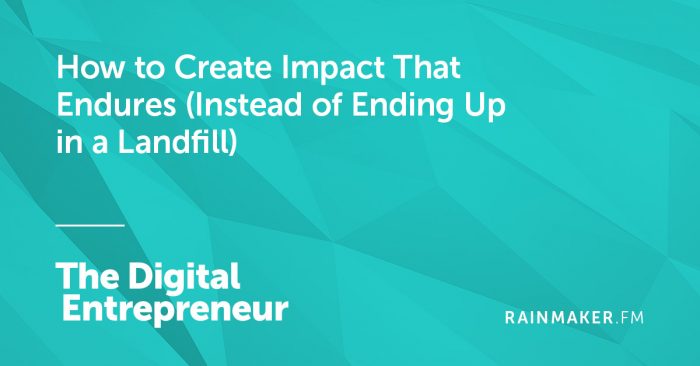
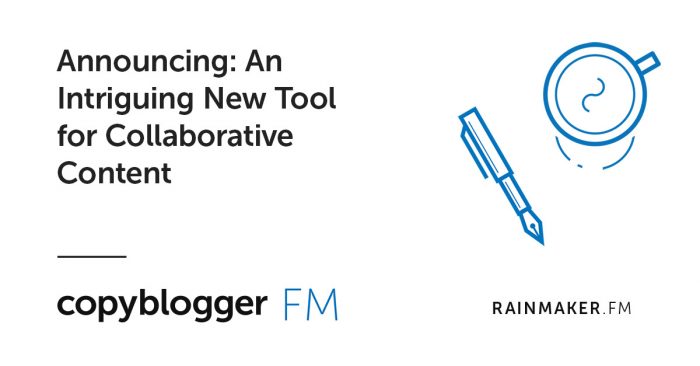
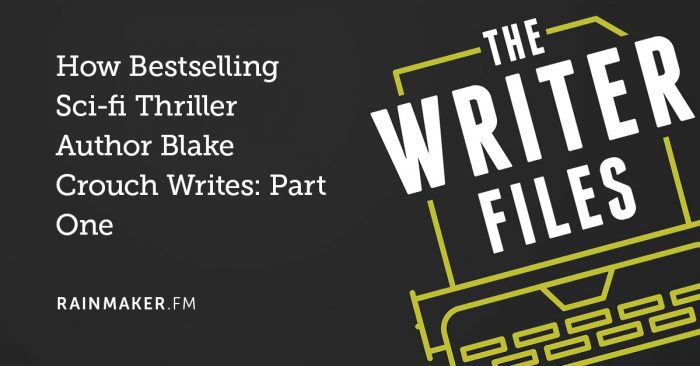
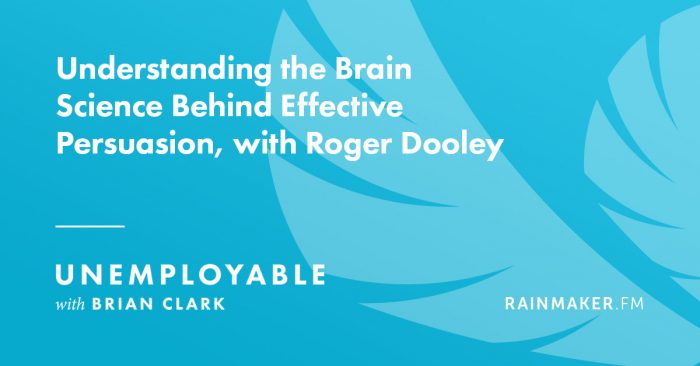
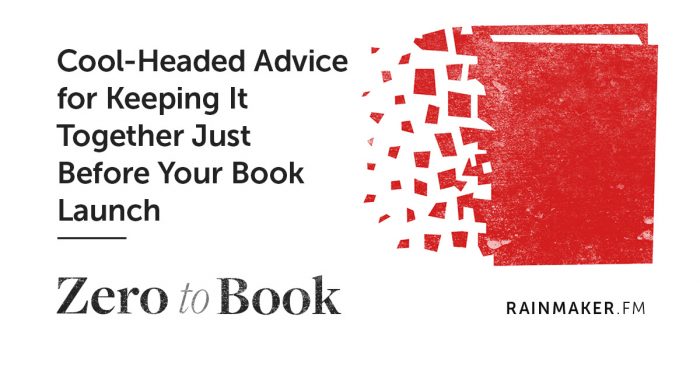



 Culture is a stronger determinant of success with data than anything else. Including data.
Culture is a stronger determinant of success with data than anything else. Including data.










